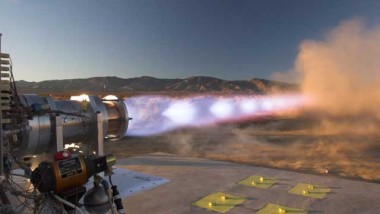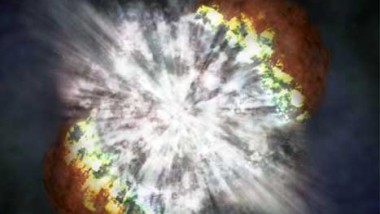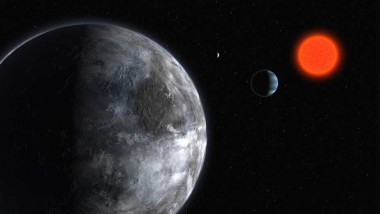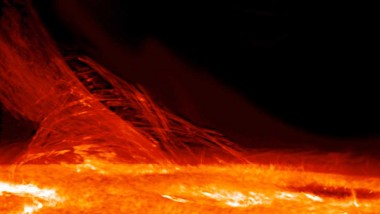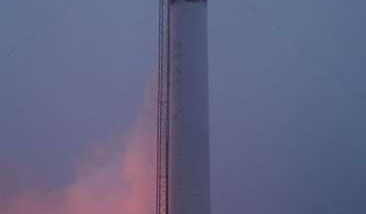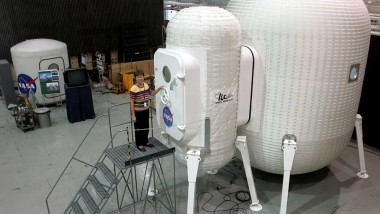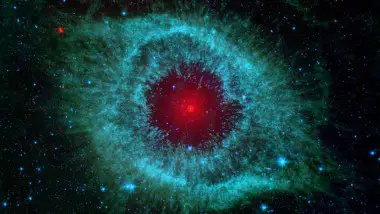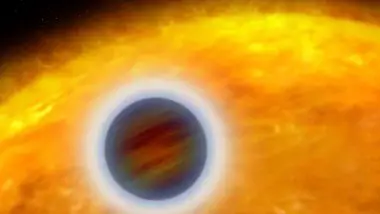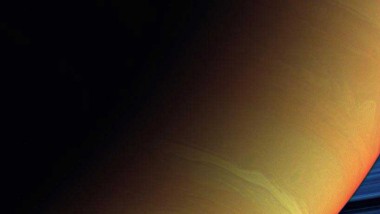NASA recently released details on a unique rocket engine experiment concocted in the Mojave Desert earlier this year. Unlike most of NASA’s existing space rocket engines which use either liquid oxygen and hydrogen or solid chemicals the new engine called ...
Brightest Supernova Ever
A hundred times more energetic than a typical supernova, the death of an extremely massive star in the galaxy NGC 1260, some 240 million light years away from earth, was recently observed by NASA’s Chandra X-ray Observatory as well as ...
Earth-like Planet in Habitable Zone
Astronomers discovered the most Earth-like planet outside our Solar System. The newly discovered planet is only 50% larger than the Earth and scientist have speculated it might be capable of having liquid water. The Swiss, French and Portuguese scientists who ...
Fifth Space Tourist Blasts off to Space
Charles Simonyi the head of Microsoft’s application software group became the fifth space tourist after blasting off to space on board the Soyuz TMA-10 spacecraft on April 7, 2007. Simonyi, along with two Russian cosmonauts Fyodor Yurchikhin and Oleg Kotov, ...
Space Telescope Reveals Solar Enigma
The Hinode space telescope recently released data and images reveals for the first time that the Sun’s magnetic field is much more turbulent and dynamic than previously known. The images and videos of the Sun’s chromosphere (thin layer of solar ...
Falcon 1 Reaches Orbit and Disappears
The California based company SpaceX (Space Exploration Technologies Corporation) launched on Tuesday, 20 March 2007 its Falcon 1 rocket into space. The Falcon 1 was able to reach an altitude of approximately 200 miles (half the planned altitude) before disappearing ...
NASA Reveals Prototype Moon Base
As NASA is planning the return to the moon in around 2020, plans are on the way to develop a habitat that will allow continues human presence on its surface. The base camp planed by NASA will have to be ...
“Eye of God” made of Comet’s Dust
Scientists using the Spitzer space telescope discovered that the dust surrounding the Helix nebula, also known as the “eye of god” due to its unique eye-like appearance, is the result of comets smashing into each other in the outer fringes ...
Hubble Extrasolar Discovery
In 2003 NASA’s Hubble Space Telescope captured an image of the atmosphere of a planet orbiting another star. The findings have been published on Feb. 1 2007 in a letter to the journal Nature by researchers from the University of ...
Psychedelic Saturn
This image of Saturn was taken by the Cassini spacecraft on December 13, 2006 at a distance of approximately 822,000 kilometers (511,000 miles) from the planet. The image of Saturn and its rings is composed of several images captured by ...

